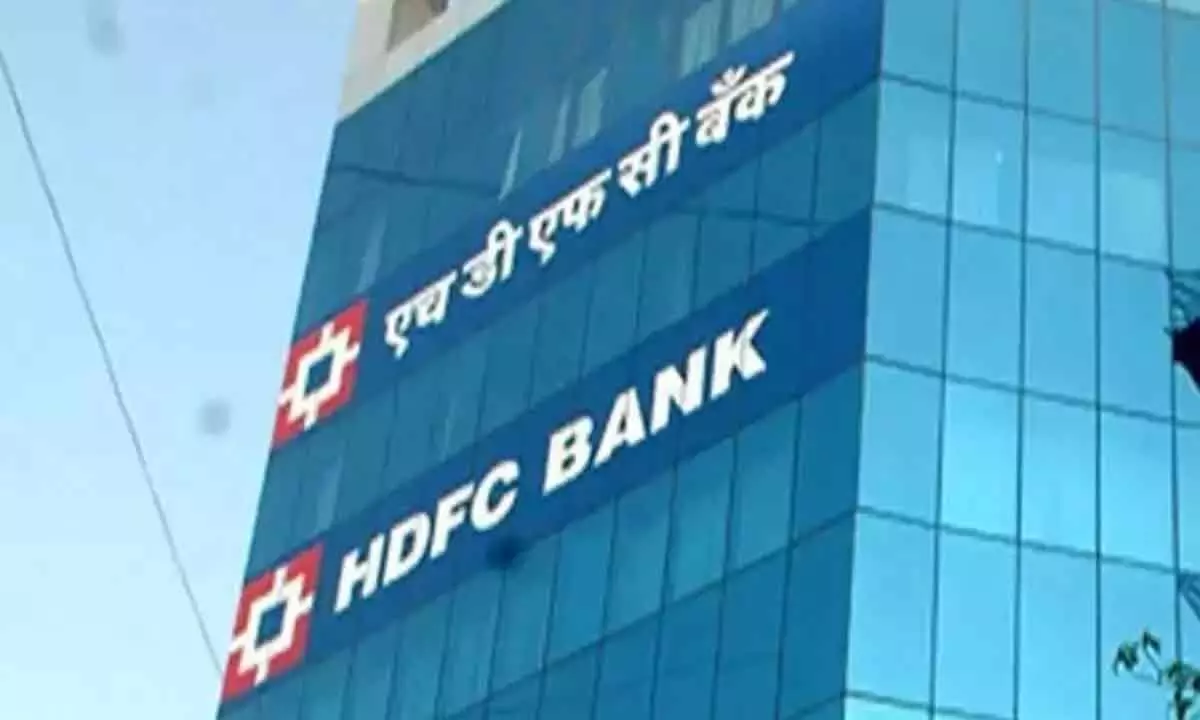HDFC Bank Faces Analyst Caution Amid Margin Concerns Post-Merger
HDFC Bank has fallen out of favor with analysts following its July-September quarter (Q2FY24) results, which raised concerns about margins and a decline in earnings per share (EPS) growth.
image for illustrative purpose

HDFC Bank has fallen out of favor with analysts following its July-September quarter (Q2FY24) results, which raised concerns about margins and a decline in earnings per share (EPS) growth. According to Moneycontrol's Analyst Call Tracker for October, HDFC Bank, India's largest private sector lender, is no longer among the top 10 favorite picks of analysts as it used to be in previous months.
While analysts continue to favor other lenders such as ICICI Bank, Axis Bank, IndusInd Bank, and State Bank of India, HDFC Bank is now under increased scrutiny.
So, why the cautious stance on HDFC Bank?
Margin Outlook:
Nuvama Institutional Equities expresses uncertainty regarding the bank's near-term margin trajectory and its ability to sustain consistent deposit growth each quarter. In Q2FY24, HDFC Bank's net interest margins (NIMs) contracted to 3.4 percent due to merger management and the regulatory impact of the incremental cash reserve ratio (ICRR), which added 5-10 basis points for the quarter. While the ICRR regulation has been withdrawn, analysts believe it may take some time to normalize NIM, which is unlikely to reach 3.65 percent in the next one or two quarters. High costs associated with erstwhile HDFC borrowings and the loan-to-deposit ratio are contributing to this delay. Consequently, Axis Securities analysts have reduced earnings estimates for HDFC Bank by 2-5 percent over FY24-26E due to margin pressures and reduced cost ratios.
Slight Impact on Asset Quality:
HDFC Bank's gross non-performing loan (NPL) ratio and net NPL ratio increased sequentially by 10 basis points and 20 basis points, respectively, in the September-ended quarter. This was mainly due to some slippages in the non-individual loan book from the erstwhile HDFC. The combined NPLs of HDFC and HDFC Bank in Q2FY24 amounted to Rs 12,500 crore, higher than the Rs 8,950 crore in the year-ago period. However, the bank maintains a healthy provisioning coverage ratio (PCR) at 74 percent, offering long-term comfort. A high PCR can help banks protect themselves against losses in the event of rising non-performing assets (NPAs).
Decline in EPS Growth:
The EPS growth of HDFC Bank significantly dropped to 10.8 percent year-on-year (YoY) in Q2FY24, compared to the 20 percent growth observed in the previous quarter. This decline was reflected in the stock's performance, with HDFC Bank's shares falling 9 percent in three months, in contrast to a 2 percent drop in the Bank Nifty index. The stock's sharp correction was initially due to uncertainty surrounding the merger and later due to the realization that the merger's financial implications were weaker than initially estimated.
The Way Forward:
Kotak Institutional Equities expects the worst of the merger-related challenges to be resolved, and they anticipate HDFC Bank's balance sheet will grow at a slightly faster rate than the industry average. They maintain a "buy" rating for HDFC Bank with a target price of Rs 1,800 per share. Nuvama believes that HDFC Bank's re-rating will depend on its consistent delivery of loan and deposit growth, which the management is confident in achieving. Analysts at Motilal Oswal estimate that HDFC Bank is on a positive trajectory post-merger but still has room for growth, with projected CAGRs in loans/deposits and earnings over FY24-26.
Disclaimer: Users are advised to check with certified experts before taking any investment decisions.

